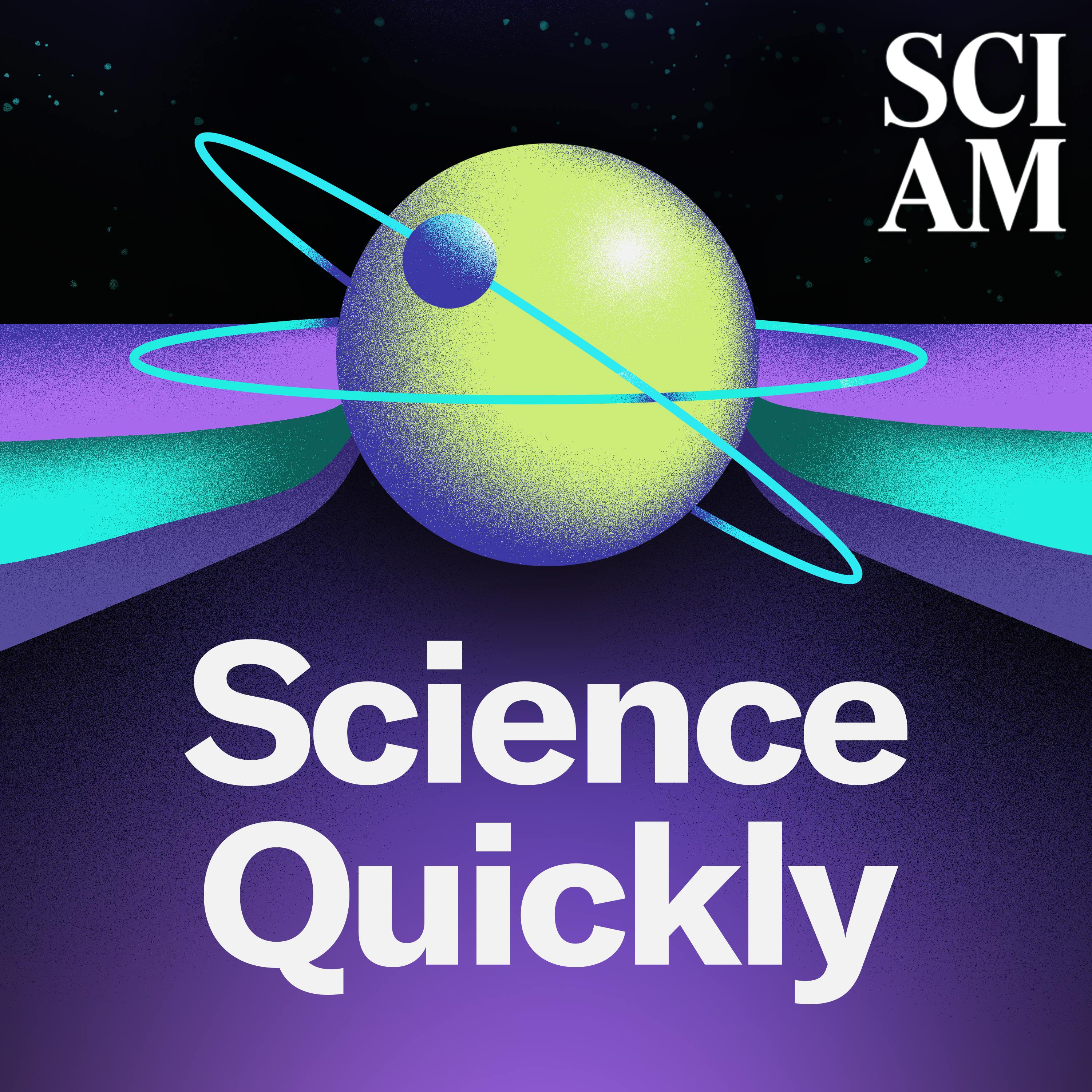
Finding Pluto’s Potential Replacement with a Giant New Telescope

Science Quickly
Deep Dive
What is the Vera Rubin Observatory, and why is it significant in the search for Planet Nine?
The Vera Rubin Observatory is a new telescope set to come online in 2025, located in Chile. It features the largest camera in the world and will scan the southern sky every few days, creating detailed maps. This capability makes it ideal for discovering distant objects, including potential Planet Nine, by identifying their orbits and movements. Its advanced technology will significantly expand our catalog of outer solar system objects, helping to determine whether Planet Nine exists.
Why was Pluto demoted from being a planet, and how does this relate to the search for Planet Nine?
Pluto was demoted in 2006 after the discovery of Eris, a larger object in the outer solar system. This led astronomers to redefine what qualifies as a planet: it must orbit a star, be spherical due to gravity, and clear its orbit of other debris. Pluto failed the third criterion, as it shares its orbit with other objects. This redefinition sparked the search for Planet Nine, as astronomers began finding other distant objects with unusual orbits, suggesting the gravitational influence of a hidden planet.
What evidence suggests the existence of Planet Nine?
Evidence for Planet Nine comes from the unusual orbits of extreme trans-Neptunian objects (ETNOs) like Sedna. These objects have highly elongated, tilted orbits that differ significantly from the flat plane of the solar system. Their orbits suggest the gravitational influence of a large, unseen object. Additionally, the clustering of these orbits and their alignment point to the possibility of a hidden planet shaping their paths.
What are some alternative explanations for the unusual orbits of distant solar system objects?
Alternative explanations include the possibility that the observed objects are outliers, and more typical objects with normal orbits remain undiscovered. Another theory is that a rogue planet or passing star influenced these orbits long ago. Some astronomers have even proposed the existence of a hidden black hole in the outer solar system, which could gravitationally affect these objects.
How far away could Planet Nine be, and why is it so hard to detect?
Planet Nine could be as far as 700 times the Earth-Sun distance, making it extremely distant and dim. For comparison, Neptune, the farthest official planet, is only 30 times this distance. Even with advanced telescopes like the Vera Rubin Observatory, detecting such a distant and relatively small object (5-10 times Earth's size) remains a significant challenge.
What role does Mike Brown play in the search for Planet Nine?
Mike Brown, a Caltech astronomer, is a key figure in the search for Planet Nine. He discovered Eris, which led to Pluto's demotion, and now advocates for the existence of Planet Nine based on the unusual orbits of distant objects. His work has been instrumental in shaping the debate around both Pluto and the potential discovery of a new planet.
What other scientific questions could the Vera Rubin Observatory help answer?
The Vera Rubin Observatory will aid in detecting potentially hazardous asteroids, studying dark matter, and exploring dark energy. By mapping the movement of objects in the solar system and beyond, it will provide insights into the distribution of dark matter and help refine our understanding of these mysterious cosmic phenomena.
- Pluto's demotion in 2006
- Discovery of Eris, larger than Pluto
- New definition of a planet: orbit a star, be round, clear its orbit
- Pluto's failure to clear its orbit
Shownotes Transcript
Pluto was unseated as our solar system’s ninth planet in 2006. Since then astronomers have found signs that a real ninth planet could be hiding at the edges of our solar system. Clara Moskowitz, senior editor for space and physics, explains how the forthcoming Vera Rubin Observatory could give researchers a way to find the real Planet Nine—if it’s out there.
Recommended reading:
– We May Be on the Brink of Finding the Real Planet Nine)
– How to Move the World’s Largest Camera from a California Lab to an Andes Mountaintop)
E-mail us at [email protected]) if you have any questions, comments or ideas for stories we should cover!
Discover something new every day: subscribe) to Scientific American and sign up) for Today in Science, our daily newsletter.
Science Quickly is produced by Rachel Feltman, Fonda Mwangi, Kelso Harper, Madison Goldberg and Jeff DelViscio. This episode was hosted by Rachel Feltman with guest Clara Moskowitz, senior editor for space and physics. Our show is edited by Madison Goldberg with fact-checking by Emily Makowski, Shayna Posses and Aaron Shattuck. The theme music was composed by Dominic Smith.
Learn more about your ad choices. Visit megaphone.fm/adchoices)